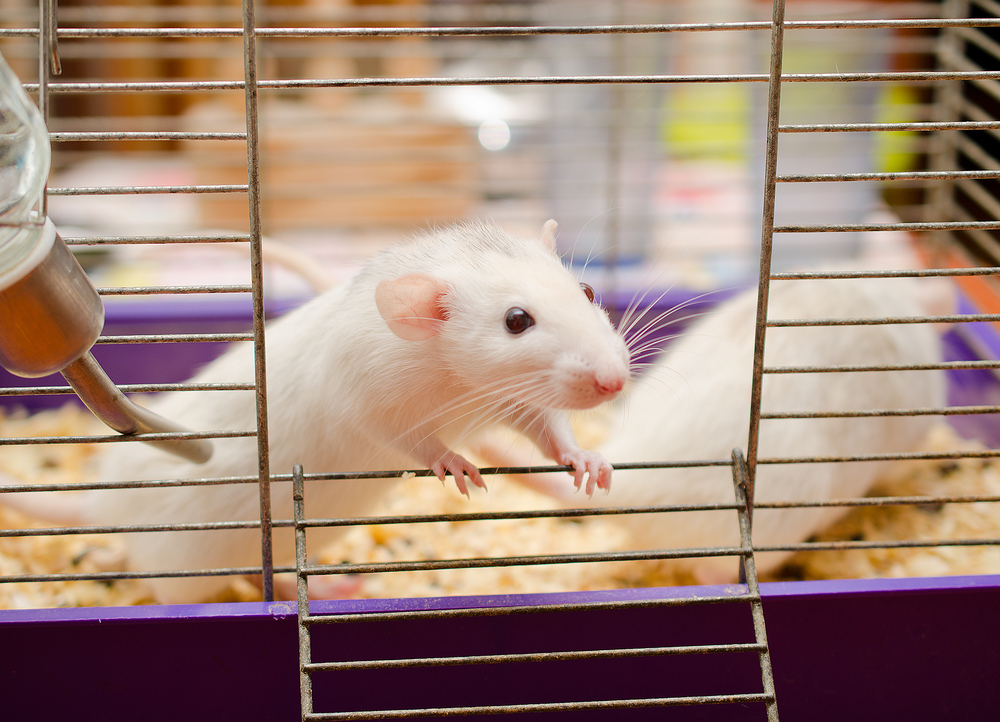Researchers Develop New Animal Model of Multiple Myeloma
Written by |

Researchers in the Sylvester Comprehensive Cancer Center at the University of Miami Miller School of Medicine have developed a new animal model of multiple myeloma, which will hopefully allow researchers to better understand the pathology and physiology involved in the development of the disease and test new potential therapeutic agents. The research paper documenting the development of the new model mice is titled “Generation of a novel, multi-stage, progressive, and transplantable model of plasma cell neoplasms” and was published in Scientific Reports.
Multiple myeloma (MM), commonly called myeloma, is a relatively uncommon cancer formed by malignant plasma cells originating in the bone marrow. According to the American Cancer Society, 30,330 new cases of myeloma will be diagnosed in 2016 and about 2,650 deaths are expected in the United States alone. The disease is characterized by abnormal plasma cells that accumulate in the bone marrow and interfere with the production of normal blood cells. Phenotypic characteristics include kidney failure, bone destruction and a predisposition for infection. Despite being considered a treatable disease, multiple myeloma is incurable and the five-year survival rate is about 47%.
The research team created the new animal model by crossing two genetically modified mice, namely mice lacking the Mef gene, which codes for a transcription factor that both promotes and suppresses cancer formation, and mice with a Rad50 gene mutation (Rad50s). The Rad50 gene involved in the DNA damage response pathways in cells. Researchers found that 70% of these mice died of multiple myeloma or other plasma cell neoplasms. Moreover, these mice initially displayed an abnormal plasma cell proliferation and monoclonal protein production, another key feature in MM.
“Although outcomes for multiple myeloma patients have greatly improved, it remains an incurable disease, despite the availability of newer treatments,” said senior author Stephen D. Nimer, M.D. “Several animal models of multiple myeloma have been reported, including models of human myeloma cells. However, these models imperfectly mimic the human disease. Developing more-reliable and accurate animal models that help us better understand myeloma and test new treatments will take us to the next level on the long and challenging road to a cure.”






